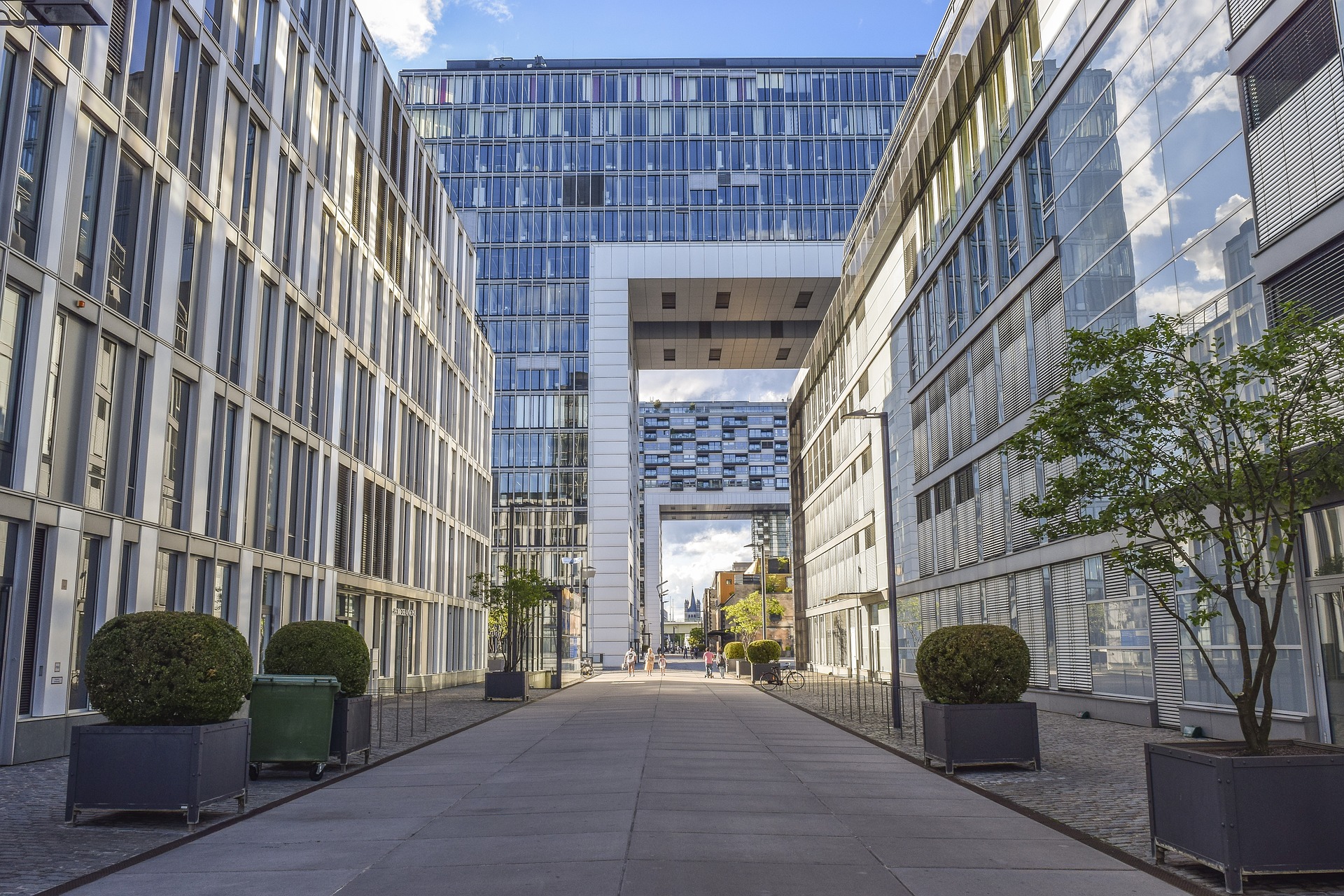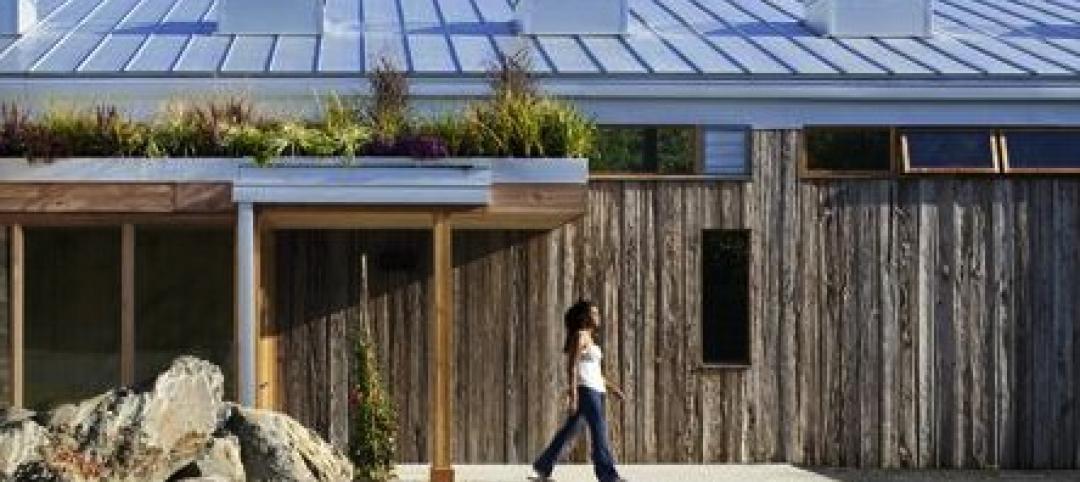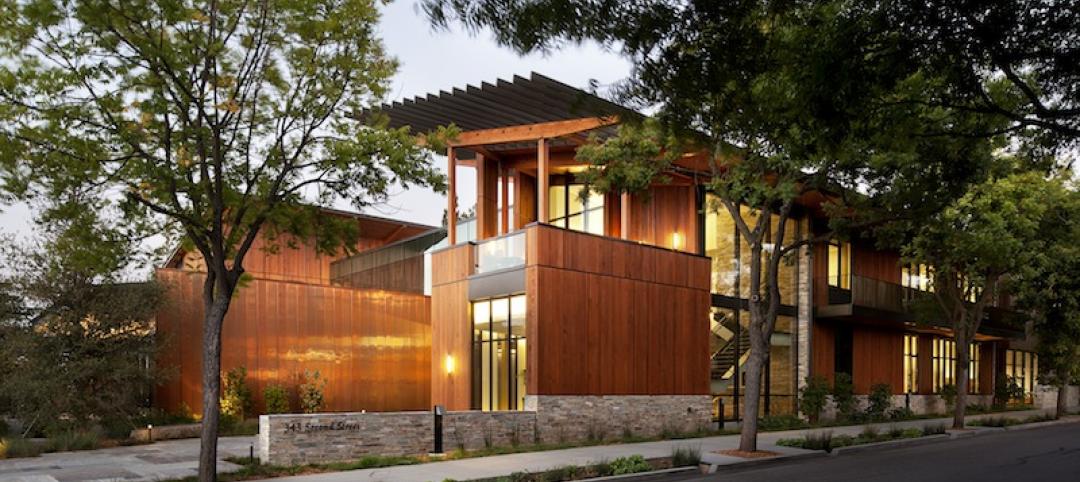The Federal Emergency Management Agency (FEMA) recently unveiled new guidance on additional assistance funding for net zero buildings.
The funding is available for implementing net-zero energy projects with a tie to disaster recovery or mitigation. FEMA encourages applicants to incorporate net zero activities into eligible recovery and mitigation projects.
For projects to be identified as net-zero energy, buildings must meet or exceed the energy performance thresholds and renewable generation requirements specified in the zero energy appendices of the 2021 International Energy Conservation Code (IECC).
The increased costs of designing projects to be net-zero over traditional methods is allowable on certain eligible projects.
FEMA eligibility requirements for net zero energy buildings
For a FEMA project to be determined eligible as a net-zero energy project, each project must meet applicable program eligibility requirements. For new construction, major renovations, reconstruction, or code updates to be identified as net-zero energy, the following requirements will be taken into consideration to allow for additional costs, or other program or grant benefits.
New building construction and major renovations projects:
1. Are defined as new buildings or complete overhauls of existing buildings to salvage existing core structural elements, historical facades, etc. without any functional floor area being preserved in the process.
2. Must produce buildings that meet or exceed the energy performance thresholds and renewable generation requirements specified in the zero energy appendices of the 2021 International Energy Conservation Code (IECC), appendix CC and RC for commercial and residential, respectively. Code specifications or standards that are equivalent to or more stringent than the IECC require the project engineer, design professional, or other project professional to identify the energy requirements of such local code specifications or standard as equivalent to or more stringent to the IECC.
3. Must comply with these requirements using the methodology and requirements outlined in these IECC Appendices, or subsequent, more recent versions, or other versions of zero energy building codes as they may emerge and be specified by FEMA or Department of Energy (DOE) as eligible.
Existing buildings that are transitioning to net-zero energy projects:
1. Are defined as existing buildings which are eligible for FEMA funding that undergo an alteration, modification, or other retrofit.
2. Alterations, modifications, or other retrofits affecting part but not all of an existing building must meet or exceed the requirements outlined in Chapter 7 and Normative Appendix B (if applicable) in the 2021 or most recent version of the International Green Construction Code (IgCC). These construction and procurement requirements ensure that high performance equipment and materials are installed in the facility, even if the facility as a whole, will not meet the energy performance targets specified in the IECC Zero Energy Appendices. Code specifications or standards that are equivalent to or more stringent than the IgCC require the project engineer, design professional, or other project professional to identify the energy requirements of such local code specifications or standard as equivalent to or more stringent to the IgCC.
3. The project must procure renewable energy generation in an amount equivalent to or greater than the annual energy consumption of the alteration, modification, or other retrofit of the existing building. The amount of renewable energy generation required for the project can be calculated using the methodologies outlined in the IECC Zero Energy Appendices. Pairing this renewable generation with high performance equipment and materials will enable partial-building projects for existing buildings to achieve net-zero standards.
4. Compliance with these requirements will be performed using the methodology and requirements outlined in the IECC Zero Energy Appendices and the IgCC where specified above throughout the construction process.
Related Stories
| Nov 8, 2013
Net-zero bellwether demonstrates extreme green, multifamily style
The 10-unit zHome in Issaquah Highlands, Wash., is the nation’s first net-zero multifamily project, as certified this year by the International Living Future Institute.
| Nov 8, 2013
Exclusive survey: Architects balance ideals, skepticism regarding green strategies
Architects are seeking affirmation that the complex array of programs, systems, and tools at their disposal actually do result in more sustainable buildings, according to a recent survey of architects by Building Design+Construction.
| Nov 6, 2013
Energy-efficiency measures paying off for commercial building owners, says BOMA study
The commercial real estate industry’s ongoing focus on energy efficiency has resulted in a downward trend in total operating expenses (3.9 percent drop, on average), according to BOMA's Experience Exchange Report.
| Nov 5, 2013
Living Building Challenge clarifies net-zero definitions and standards
The Living Building Challenge has released the Net Zero Energy Building Certification to provide clearer definitions regarding what net zero really means and how it is to be achieved.
| Nov 5, 2013
Oakland University’s Human Health Building first LEED Platinum university building in Michigan [slideshow]
Built on the former site of a parking lot and an untended natural wetland, the 160,260-sf, five-story, terra cotta-clad building features some of the industry’s most innovative, energy-efficient building systems and advanced sustainable design features.
| Oct 28, 2013
Packard Foundation’s headquarters receives ILFI Net Zero certification
The Packard Foundation’s 49,000-sf headquarters recently achieved Net Zero Energy Certification through the International Living Future Institute (ILFI), making it the largest such building in the world.
| Oct 21, 2013
University of Queensland’s net-zero building features biomimicry-based design
University of Queensland’s Global Change Institute (GCI) building in Australia showcases on-site solar energy sources, biomimicry-based design features, and the first structural use of low-carbon concrete in the country.
| Oct 21, 2013
ASHRAE/IES publish 2013 Energy Standard
Major changes to requirements regarding building envelope, lighting, mechanical and the energy cost budget are contained in the newly published energy standard from ASHRAE and IES. ANSI/ASHRAE/IES Standard 90.1-2013, Energy Standard for Buildings Except Low-Rise Residential Buildings, incorporates 110 addenda, reflecting changes made through the public review process.
| Oct 18, 2013
Meet the winners of BD+C's $5,000 Vision U40 Competition
Fifteen teams competed last week in the first annual Vision U40 Competition at BD+C's Under 40 Leadership Summit in San Francisco. Here are the five winning teams, including the $3,000 grand prize honorees.
| Oct 18, 2013
Cities may be more capable of driving sustainability than nations, experts say
With countries not tackling climate change aggressively, cities are in the best position to drive increased sustainability.

















